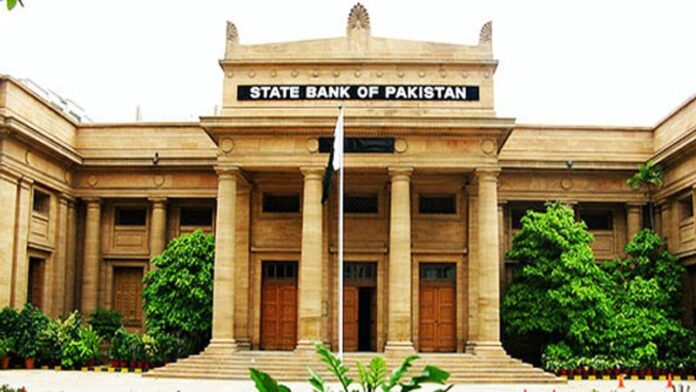The Governor State Bank of Pakistan (SBP), Jameed Ahmed, attended the “Role of the Banking Sector in Business and Economic Growth of Pakistan” on December 2nd, 2022 at Marriott Hotel, Karachi, hosted by National Institute of Banking and Finance (NIBAF) in collaboration with the Institute of Cost and Management Accountants of Pakistan (ICMA Pakistan).
Speaking at the event, the governor reiterated SBP’s resolve to foster a dynamic and stable banking system; geared towards economic welfare of the society.
The Governor elaborated that banking sector in Pakistan continues to serve the needs of the economy and make progress on key public policy objectives of financial inclusion, innovation and financing to priority sectors, given the recent challenging global and domestic economic environment.
He added that the banking system can better serve business sector activities by offering smart and innovative digital financial services, and that banks must ensure financial innovation is customer centric, which results in faster, safer and cheaper access to financial services.
The governor stressed upon the need for banks to leverage innovative financial solutions in order to achieve a higher level of financial inclusion especially for largely excluded segments; such as women, small businesses and agriculture. He encouraged banks to focus on developing and designing products with the consumers’ interests in mind.
Earlier this week, on Monday, the SBP released its Mid Year Performance review of the Banking Sector for the year 2022.
The pace of private sector advances growth during H1CY22 was the highest in comparable periods of previous three years.
In its report, the SBP noted that sustained economic activity during H1CY22 supported the expansion of banking sector balance sheet by 16 percent during H1CY22.
Robust increase in the asset base was mainly driven by flow of private sector advances and increase in investments particularly the Government securities. Besides sizable mobilization of deposits, banks’ reliance on borrowings increased significantly to finance the expanded balance sheet.
Findings of the report show that the pace of private sector advances growth during H1CY22 was the highest in comparable periods of previous three years.
Improved manufacturing activity, as reflected in double digit growth in Large Scale Manufacturing (LSM) index during H1CY22, higher input prices and SBP’s refinance schemes augmented the overall flow of advances.
Individuals and sugar sector availed major chunk of financing followed by textile sector.
banks’ asset quality indicators further improved. Gross Non-Performing Loans (NPLs) ratio moved down to 7.5 percent by end June-2022 from 7.9 percent at end December-2021.
The Review highlights that baseline profitability indicators moderated — despite strong growth in incomes — mainly due to the impact of sharp increase in tax charges.
Capital Adequacy Ratio (CAR) of the banking sector slightly edged down to 16.1 percent due to faster growth in asset base and advances. Nonetheless, the ratio remains well above the minimum regulatory requirement (i.e. 11.5 percent) and banking sector in general has adequate capital buffers and resilience to withstand the impact of severe stress of macroeconomic conditions and shocks to key risk factors.





For me, this is a very impressive and profound article. Please continue to share.